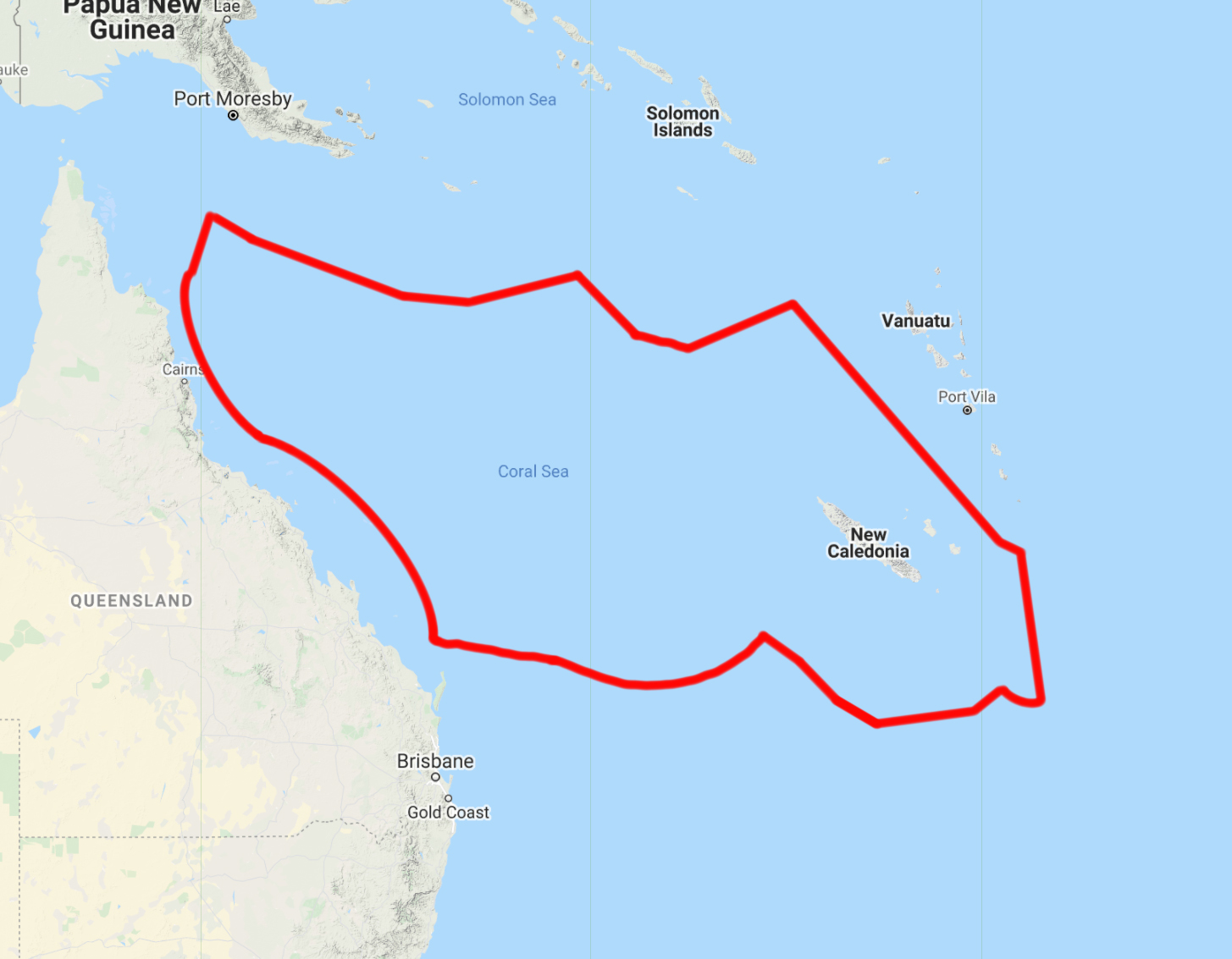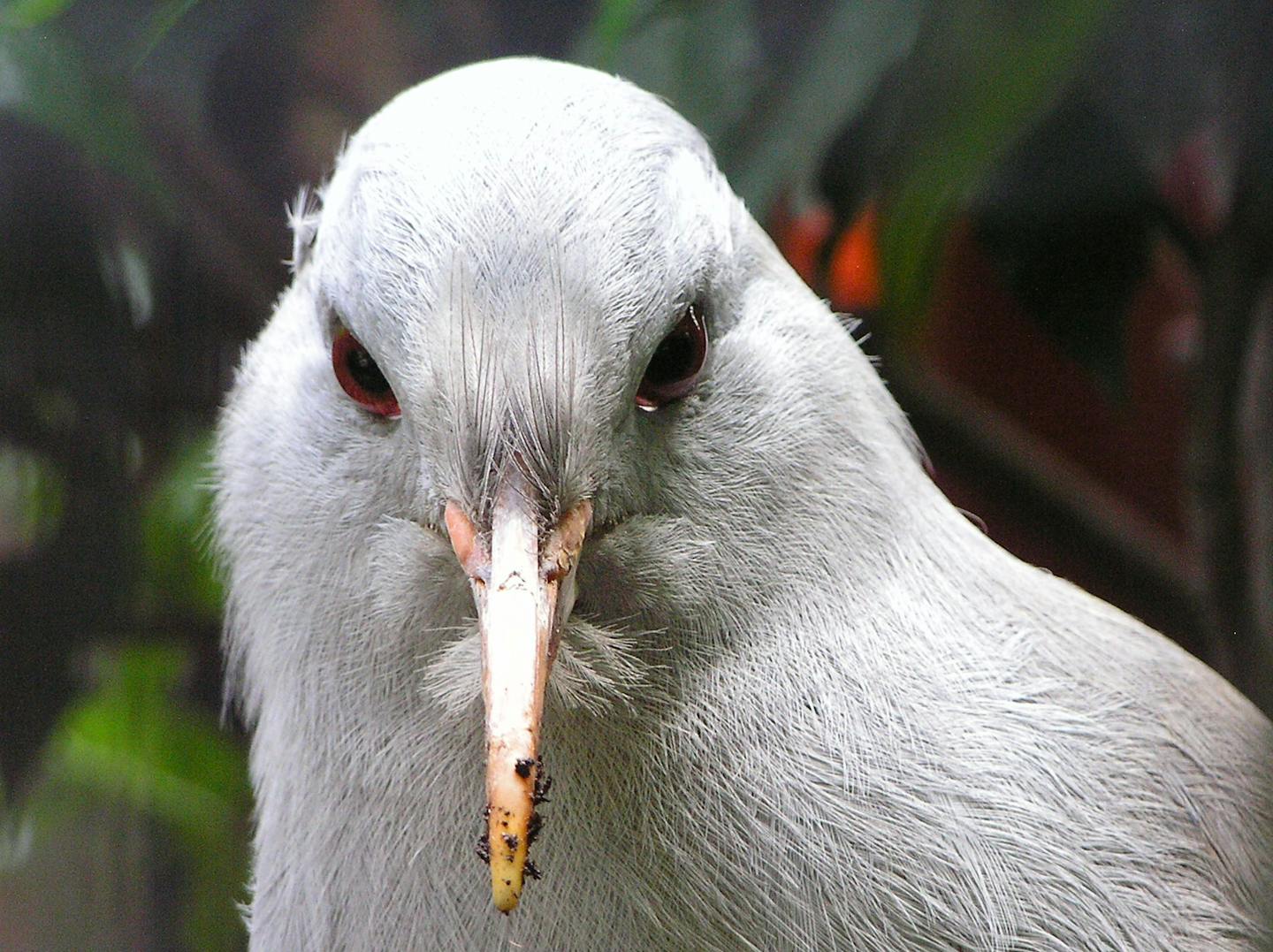Kagu: the unique flightless bird of New Caledonia that screams
One Earth’s “Species of the Week” series highlights an iconic species that represents the unique biogeography of each of the 185 bioregions of the Earth.
North of New Zealand lies an island with a teeming rainforest that every dawn is drowned out by the haunting 15-minute long song of the kagu. This bird is found only in the flora and fauna-filled New Caledonia. The isolation of this South Pacific island has created many unique features of nature, and the kagu has several. Kagu, or cagou, are about the size of a chicken and have brilliant red eyes, long orange legs and bill, bluish-grey feathers, and 'nasal corns’. These structures cover its nostrils and are not found in any other bird species. It's thought that they evolved to prevent dirt and other particles from entering the nasal cavity since the Kagu is also flightless and spends its time on the forest floor.

The kagu is the Iconic Species of the Coral Sea & New Caledonia Islands Bioregion (AU10).
Rooting around the dirt with its beak, the kagu is exclusively carnivorous. Their diet mostly consists of annelid worms, snails, and lizards. It has been observed that kagus will sometimes hunt small animals in shallow water. Living in such a wet and dense habitat, the kagu has evolved to have specialized feathers called powder downs which creates a powder that cleans and is waterproof. Their wings also play an important role as when open, a pattern of dark stripes can be seen and scare off potential predators. Other escape tactics include their head crest ruffling up like a cockatoo’s or their speed. Kagu uses their long legs to run quickly and their large, flightless wings also help the bird keep its balance while climbing and hopping around the island terrain.

Image credit: Pierre Fidenci, Wikimedia Commons
Their wings and crest are also fanned and flapped around in a cape-like manner when the male is trying to impress a female. Kagus are monogamous and incubate the egg together in the ground nest for a month long until it hatches. Young kagu can stay with their parents for up to six years and many have been observed helping raise its siblings. Kagus communicate by making soft clucking sounds, hissing, and their notorious morning duets. A zoologist from San Diego described the kagu’s morning song as a “screaming challenge.”
The Indigenous people of New Caledonia, the Kanak, have a special bond with the kagu. Its calls were incorporated into war dances and they refer to the species as the "ghost of the forest.” Today, the kagu is the symbol for New Caledonia to raise awareness for its conservation and to provide a sense of national pride. Their distinctive call is played every night as the island's TV station signs off the air.
Explore Earth's Bioregions


